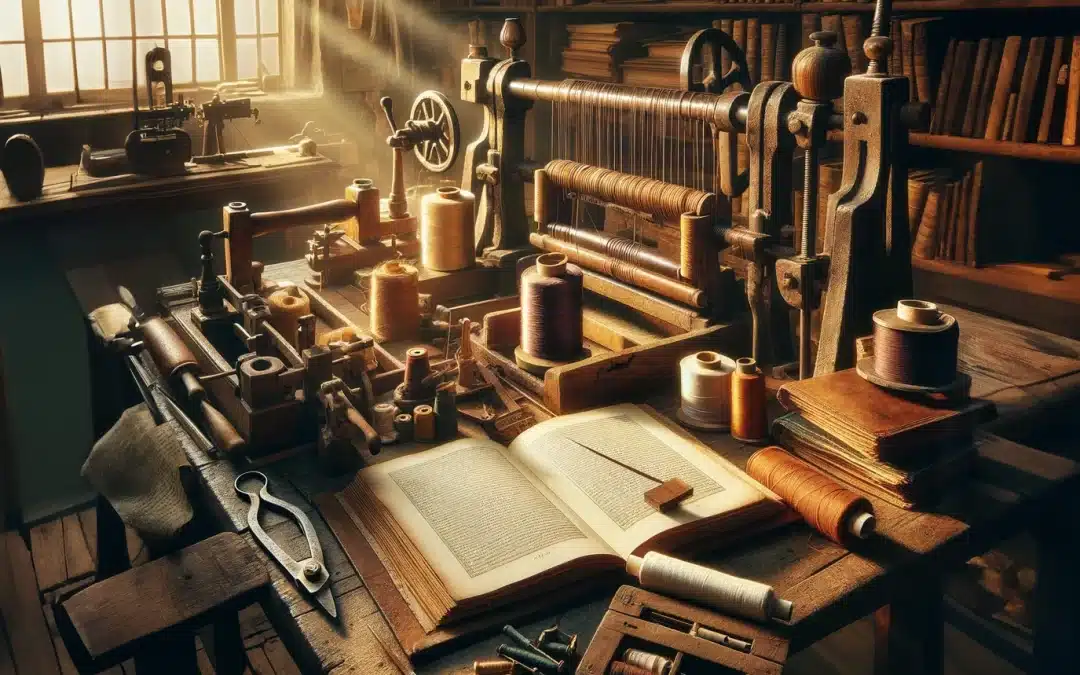Binding is not just a final step in the process of creating a document or book; it's an art that binds pages together to tell a story in a coherent and aesthetically pleasing way. The binding method you choose can greatly influence the look, feel and durability of your final product. This article explores the different types of binding and provides advice on selecting the ideal binding technique for your print projects.
Glued square-back binding
Glued square-back binding is one of the most popular binding methods for books and brochures. It involves applying glue to the edges of the collected pages before attaching them to the cover. This technique is economical and suitable for a wide variety of projects, offering a professional result with a relatively flat opening.
Spiral binding (or wire-o)
Spiral binding uses a metal or plastic wire that passes through holes drilled along the edge of the pages. This method allows the pages to open 360 degrees, ideal for manuals, workbooks and other documents requiring frequent handling. Spiral binding is appreciated for its flexibility and durability.
Sewn binding
Sewn binding is a traditional technique in which pages are assembled in signatures and sewn together before being attached to the cover. Although more costly and time-consuming, this method offers excellent durability and is often used for high-quality books, limited editions and library books.
Ring binder
Ring binders, often used for folders and textbooks, make it easy to add, remove and rearrange pages. This method uses metal or plastic rings that open and close to hold pages in place. It's a flexible option, ideal for documents that require frequent updating.
Japanese binding
Japanese binding, or stab binding, is an elegant method of sewing the pages and cover together through the outer edge. With its distinctive, hand-crafted look, this technique is often chosen for portfolios, photo albums and art editions.
Choosing the right binding technique
The choice of binding technique depends on several factors, including the purpose of the document, the number of pages, and the budget. For projects requiring complete opening and frequent handling, spiral binding may be preferable. For high-quality books and publications, sewn binding offers excellent durability and a professional appearance. Glued square-back binding represents a good compromise between cost and quality for standard brochures and books.
Conclusion:
Binding as a key element of your printing project Binding is more than just assembling pages; it's an opportunity to reinforce your project's identity and enhance its functionality. By choosing the right binding technique for your needs, you can increase the perceived value of your prints and ensure that your documents not only inform, but also impress. Whatever the type of project, a well-chosen binding can transform a simple set of pages into a tactile and lasting work of art.

